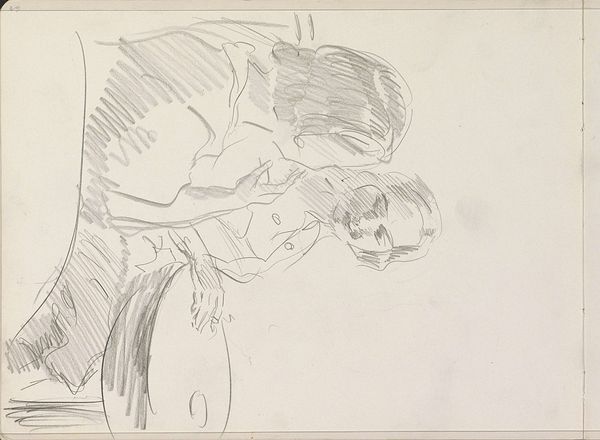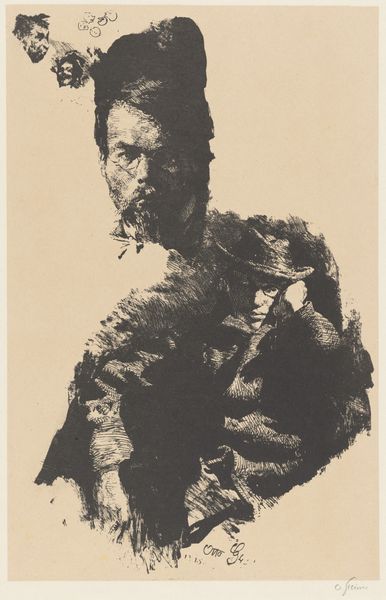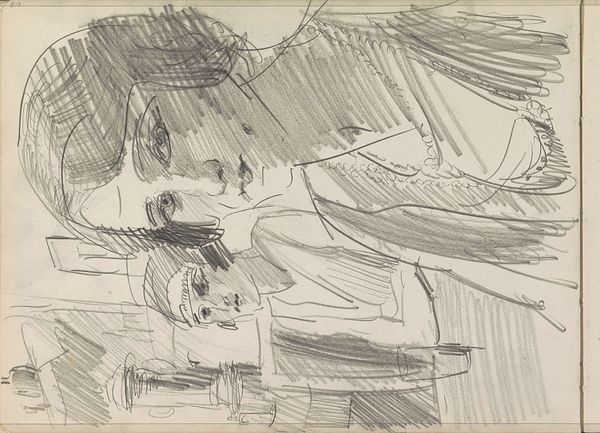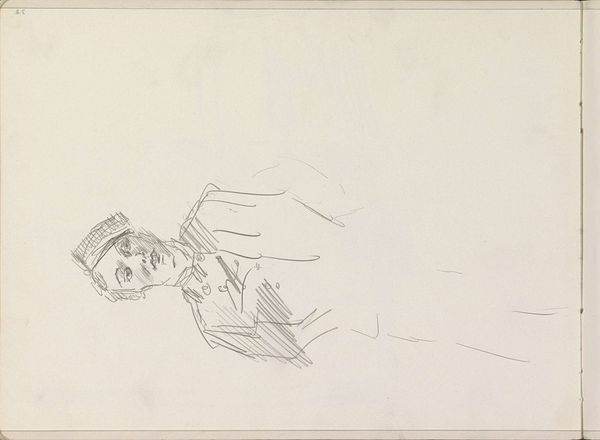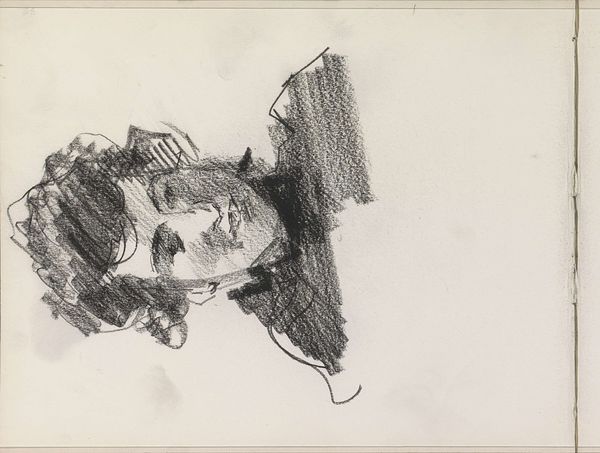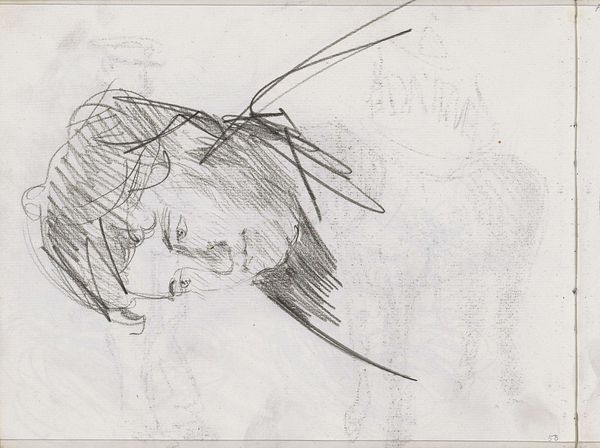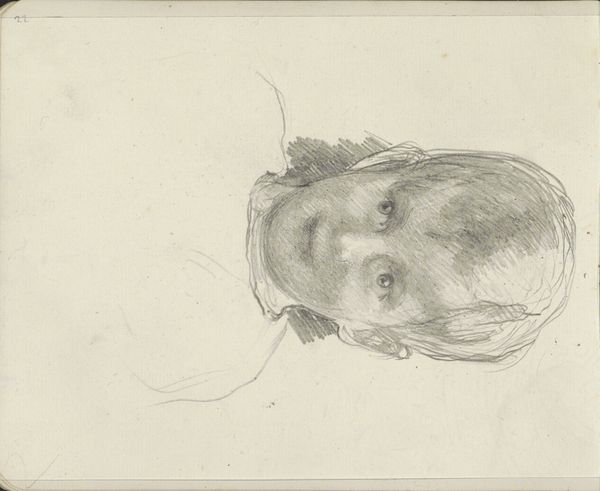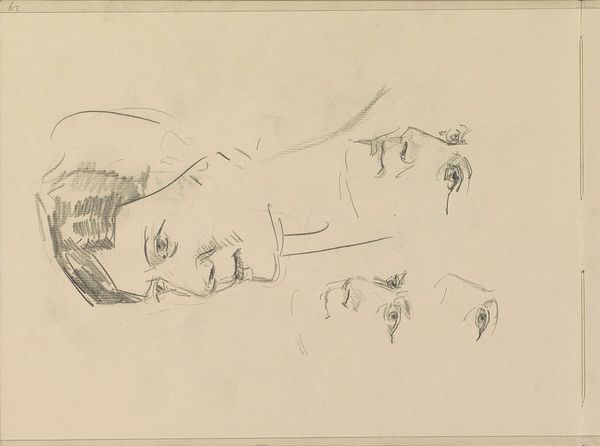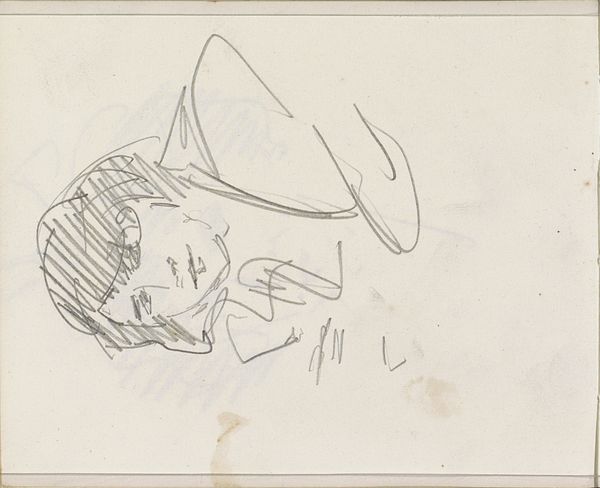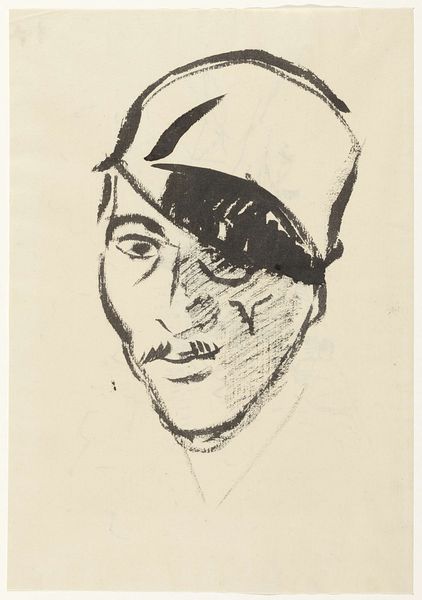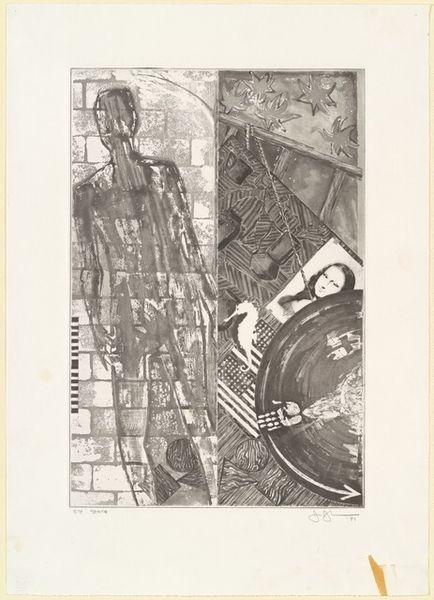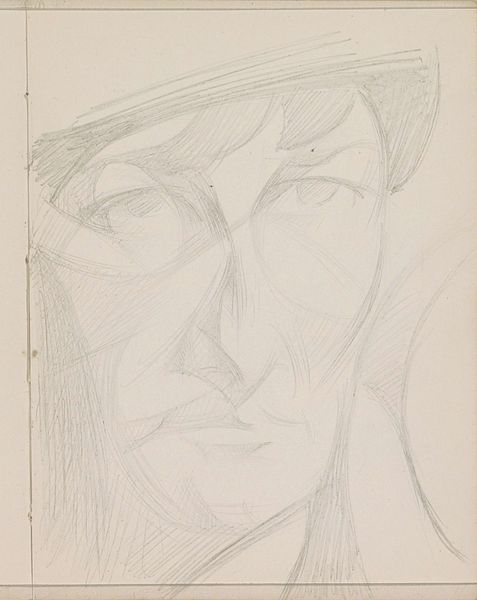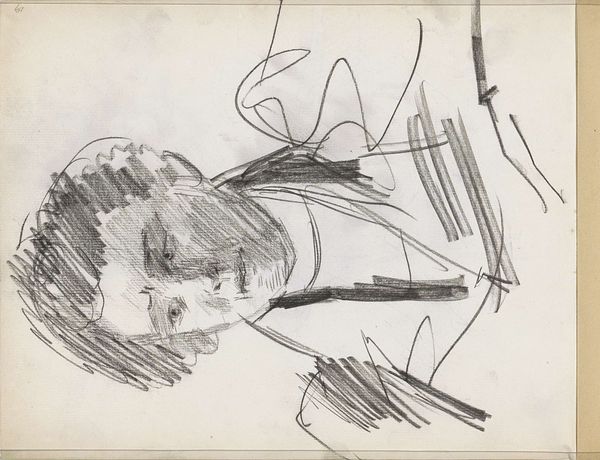
photography, gelatin-silver-print
#
portrait
#
black and white photography
#
black and white format
#
photography
#
photojournalism
#
black and white
#
gelatin-silver-print
#
monochrome photography
#
monochrome
#
monochrome
Dimensions: image: 26 × 38.74 cm (10 1/4 × 15 1/4 in.) sheet: 35.56 × 43.18 cm (14 × 17 in.)
Copyright: National Gallery of Art: CC0 1.0
Curator: Up next we have Ed Grazda's gelatin silver print, “Jalrez City, Afghanistan,” taken in 1982. The composition is striking. What grabs you initially? Editor: There's an immediate sense of intensity. The closeness of the subjects, coupled with the monochrome palette, lends the image a certain gravity. It’s visually arresting, almost confrontational in its directness. Curator: That directness, I think, is enhanced by Grazda’s use of light and shadow. Notice how the light falls unevenly, sculpting their faces, drawing attention to the texture of their clothing, creating this dramatic effect through tonal contrast. The composition centers two figures, each distinct. One looks straight into the lens with just a hint of a smile while the other glares off camera with a solemn look. Editor: The head coverings, presumably turbans, aren’t just mere clothing. Throughout history, they've signified identity, status, even religious affiliation in certain cultural contexts. There's also the striped scarf, which offers visual rhythm and a sense of cultural pattern and style. Do we know more about the meaning of the head coverings in Afghanistan during that period? Curator: I understand the need to interpret their meaning, but let’s not get lost in a singular narrative. Instead, observe the image’s surface—the subtle grain of the gelatin silver print, the nuanced grays, all contributing to a formal language that speaks beyond immediate recognition. See the repetition of lines within the subject's clothing with the vertical compositional lines created by the doorway or the back of a bus they inhabit. Editor: While I value the pure formalism, I am interested in exploring the historical backdrop—Afghanistan in 1982, deep in conflict, lends another layer. Their gaze might suggest weariness, defiance, or a complex mixture. The lack of idealizing beauty opens it to an intimate glimpse of identity. Curator: Well, perhaps both readings coexist. It is through a semiotic approach that we derive these notions, allowing Grazda’s photograph to become not just an object to behold, but also a document. The textures, tones, and formal arrangements, coupled with cultural awareness, creates a polysemous piece of art. Editor: Exactly. It’s a quiet piece. Its simplicity speaks volumes, even decades later. Curator: Agreed. Thank you for adding to the conversation!
Comments
No comments
Be the first to comment and join the conversation on the ultimate creative platform.
